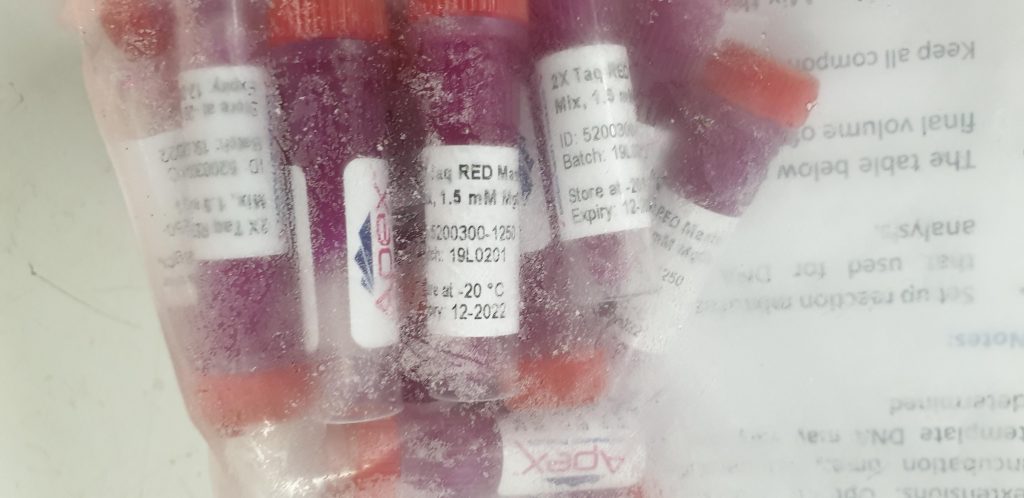The immunoassays are widely used techniques in both basic research and diagnostic and clinical applications. The suitability of the antibodies used is critical in obtaining the expected result, and this does not only affect the primary antibody (which will bind to the antigen of interest), but also the secondary antibody that will allow us to detect this binding.
Therefore, it is necessary to pay attention to some basic aspects that will help us select the most appropriate secondary antibodies for each case.
Selecting Secondary Antibodies: Criteria To Consider
1. “Host” of the primary antibody:
The secondary antibody must be directed against the species of the primary, so it is essential to know this information. If the primary antibody was produced, for example, in mouse, the secondary one must be an anti-mouse obtained in a different species than this one.

2. Experimental procedure or technique in which it will be used:
This information is essential when choosing the labeling / conjugation of our secondary antibody.
- When detection is carried out by enzymatic reaction, as in the case of techniques such as Western Blot or ELISA immunoassay , secondary antibodies must be labeled with an enzyme (Alkaline phosphatase (AP), Peroxidase (HRP) …) or conjugated to biotin for amplification in two steps.
- When detection is carried out by fluorescence, as occurs in Flow Cytometry (FC), Immunofluorescence (IF), Immunohistochemistry (IHC), Immunocytochemistry (ICC) …, the secondary antibodies must be marked with a fluorochrome.
3. Isotype and subclass of the primary antibody:
The secondary antibody will be directed against the isotype of the primary antibody. Although the vast majority of primary antibodies (especially polyclonal antibodies ) are IgGs, this is an aspect to pay attention to, being essential to know the isotype of the primary antibody, and its subclass is recommended if there is one.
As a reminder, we leave you a summary with the different isotypes of immunoglobulins according to the most frequent species:
4. Purification level of secondary antibody
Secondary antibodies can be presented as an IgG fraction, or as affinity purified antibodies. Each of these two formats has its advantages and disadvantages, which should be known in order to make the most appropriate choice in each case.
- IgG fraction: The main advantage of this presentation is that the high affinity of these antibodies will allow for greater signal amplification, facilitating the reading of the results. In return, the specificity is lower, and may lead to nonspecific junctions that will result in high background noise.
- Affinity purified antibodies: The main advantages in this case would be the high specificity (with the consequent low background level), high sensitivity and high reproducibility of immunoassays. All this to the detriment of affinity, and may lead to weaker reactions.
We hope this short guide has been helpful in helping you select the secondary antibodies that best suit your assay.


